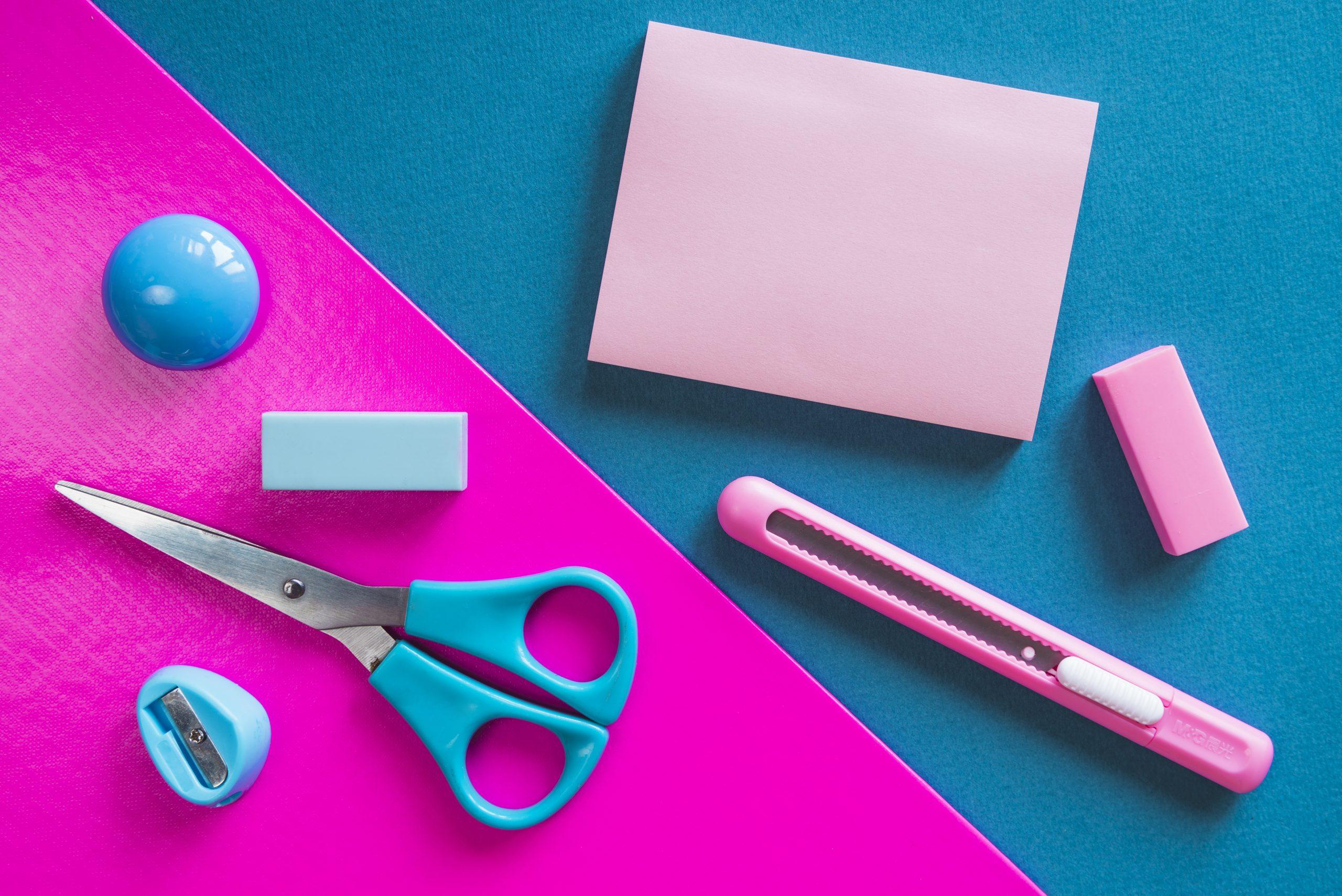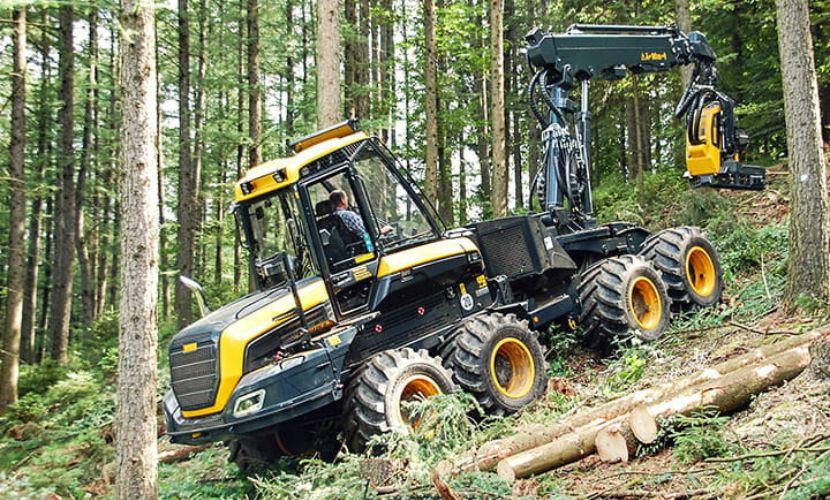
Scissors are essential for various tasks, from crafting and sewing to cooking and gardening. Over time, the blades of scissors can become dull, making cutting tasks more difficult and less precise. A scissor sharpener is a handy tool designed to restore the sharpness of scissors and prolong their lifespan. However, like any sharp tool, using a scissor sharpener requires caution and attention to safety. In this blog post, we’ll explore some important safety precautions to consider when using a scissor sharpener to ensure a safe and effective sharpening process.
Understanding How Scissor Sharpeners Work
Before diving into safety precautions, it’s essential to understand how scissor sharpeners work. The best scissor sharpeners typically feature abrasive surfaces that remove metal from the blades to create a sharp edge. By applying consistent pressure and following the correct sharpening technique, users can restore the cutting ability of their scissors and improve their performance.
Safety Precautions for Using a Scissor Sharpener
1. Read the Instructions
Before using a scissor sharpener, carefully read the manufacturer’s instructions and familiarize yourself with the tool’s operation and safety guidelines. Pay attention to any warnings or precautions provided by the manufacturer to ensure the safe and effective use of the sharpener.
2. Secure the Scissors Properly
When sharpening scissors, securing them properly is crucial to prevent accidents and ensure an even sharpening process. Use a stable surface or clamp to securely hold the scissors in place during sharpening, and avoid holding them in your hand to minimize the risk of slippage or injuries.
3. Use Proper Technique
Follow the correct sharpening technique recommended by the manufacturer to achieve optimal results and prevent damage to the scissors. Apply consistent pressure and maintain the correct angle while sharpening to avoid over-sharpening or damaging the blades.
4. Sharpen Away from Your Body
Always sharpen scissors away from your body to reduce the risk of accidents and injuries. Position the sharpener and scissors in a way that allows you to maintain a safe distance and avoid accidental contact with the sharpening surface.
5. Keep Fingers Clear of Blades
Avoid placing your fingers near the blades of the scissors while sharpening to prevent accidental cuts or injuries. Keep your fingers clear of the sharpening area and use caution when handling the scissors to minimize the risk of accidents.
6. Inspect the Scissors After Sharpening
After sharpening your scissors, carefully inspect the blades for any signs of damage or irregularities. Check for burrs, nicks, or uneven sharpening, and address any issues promptly to ensure the scissors are safe and ready for use.
7. Store the Sharpener Safely
When not in use, store the scissor sharpener in a safe and secure location that is out of reach of children and pets. Proper storage helps prevent accidents and ensures that the sharpener remains in good condition for future use.
The Bottom Line
Using the best scissor sharpener is an effective way to maintain the sharpness of your scissors and prolong their lifespan. However, it’s essential to prioritize safety when using a sharpener to avoid accidents and injuries. By following these safety precautions and using caution during the sharpening process, you can enjoy safe and effective results while sharpening your scissors with a scissor sharpener.



